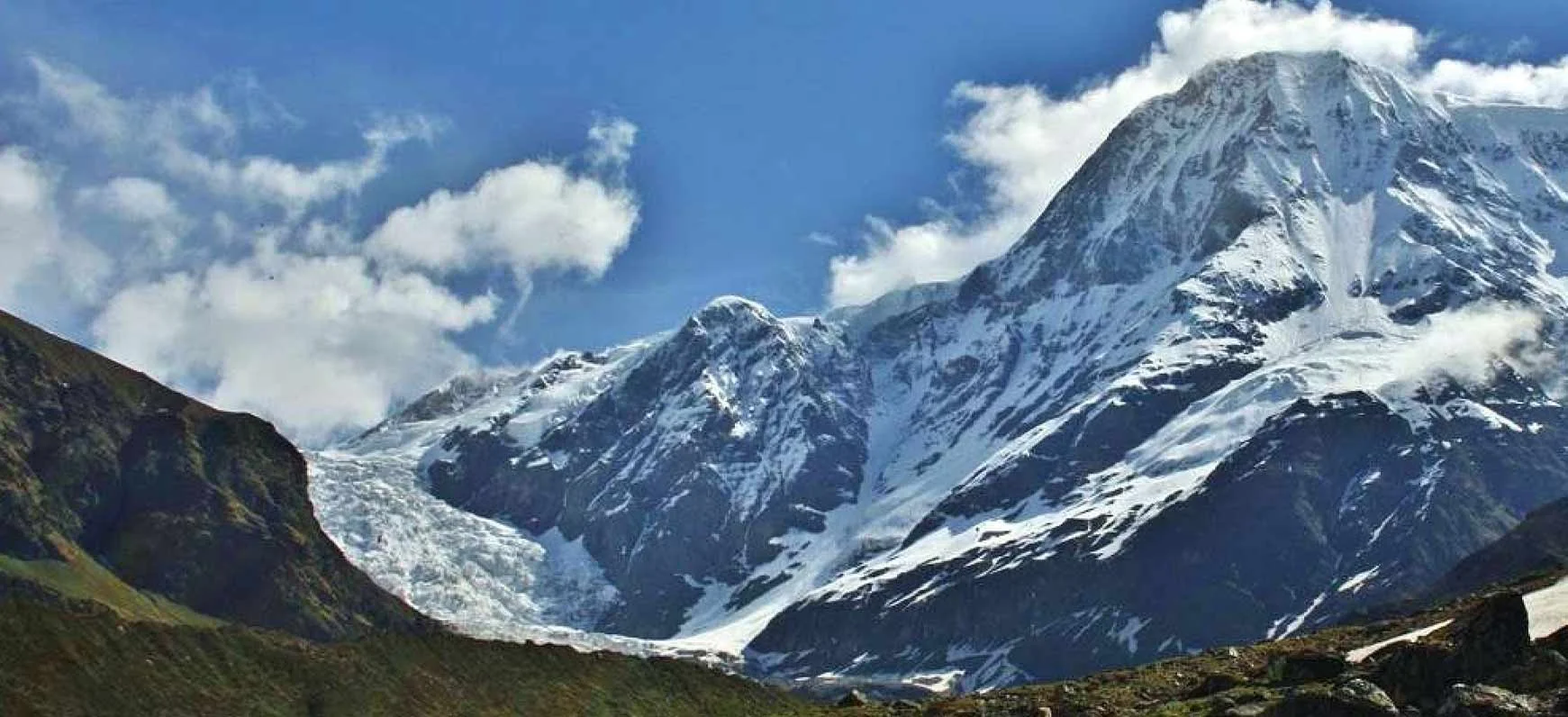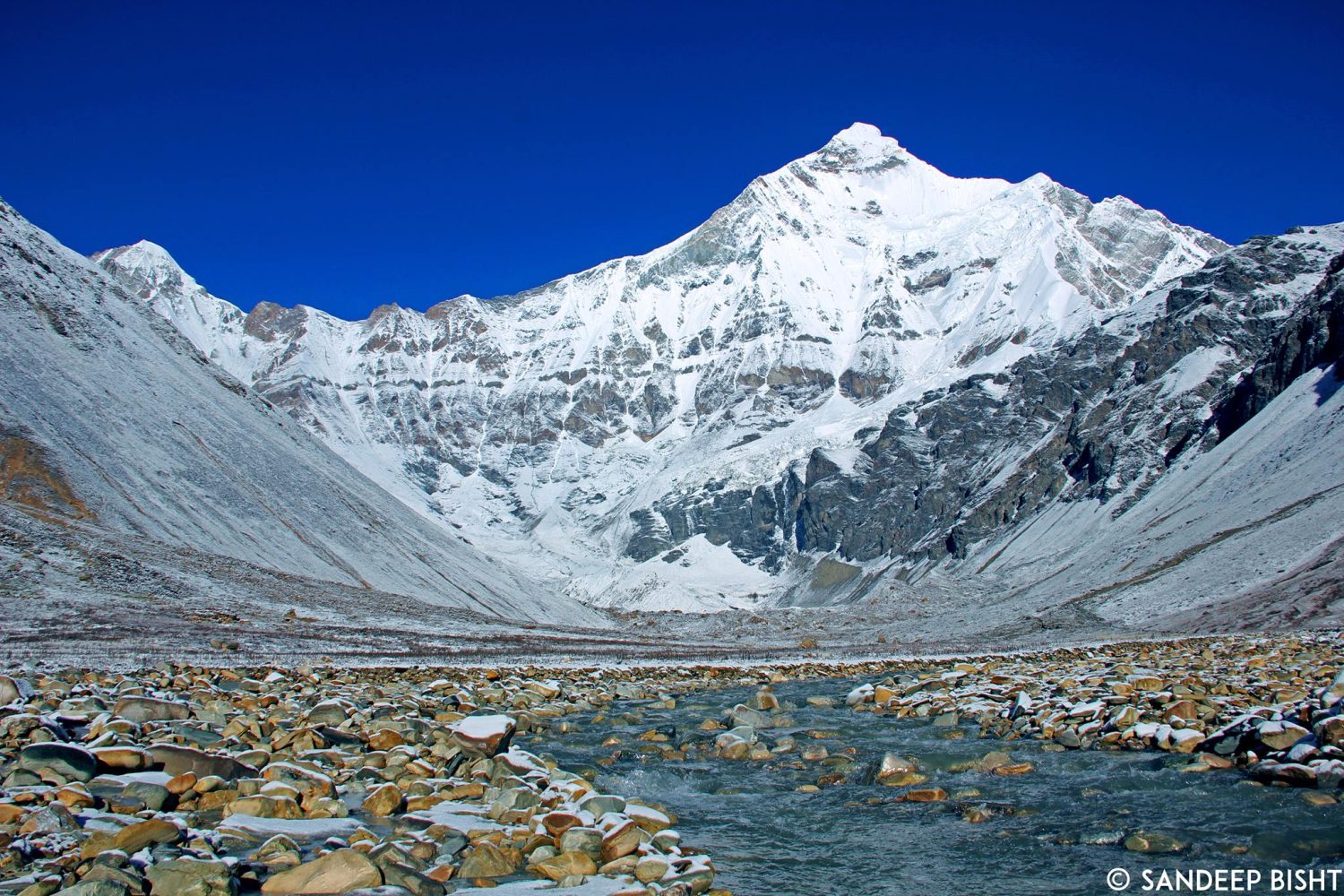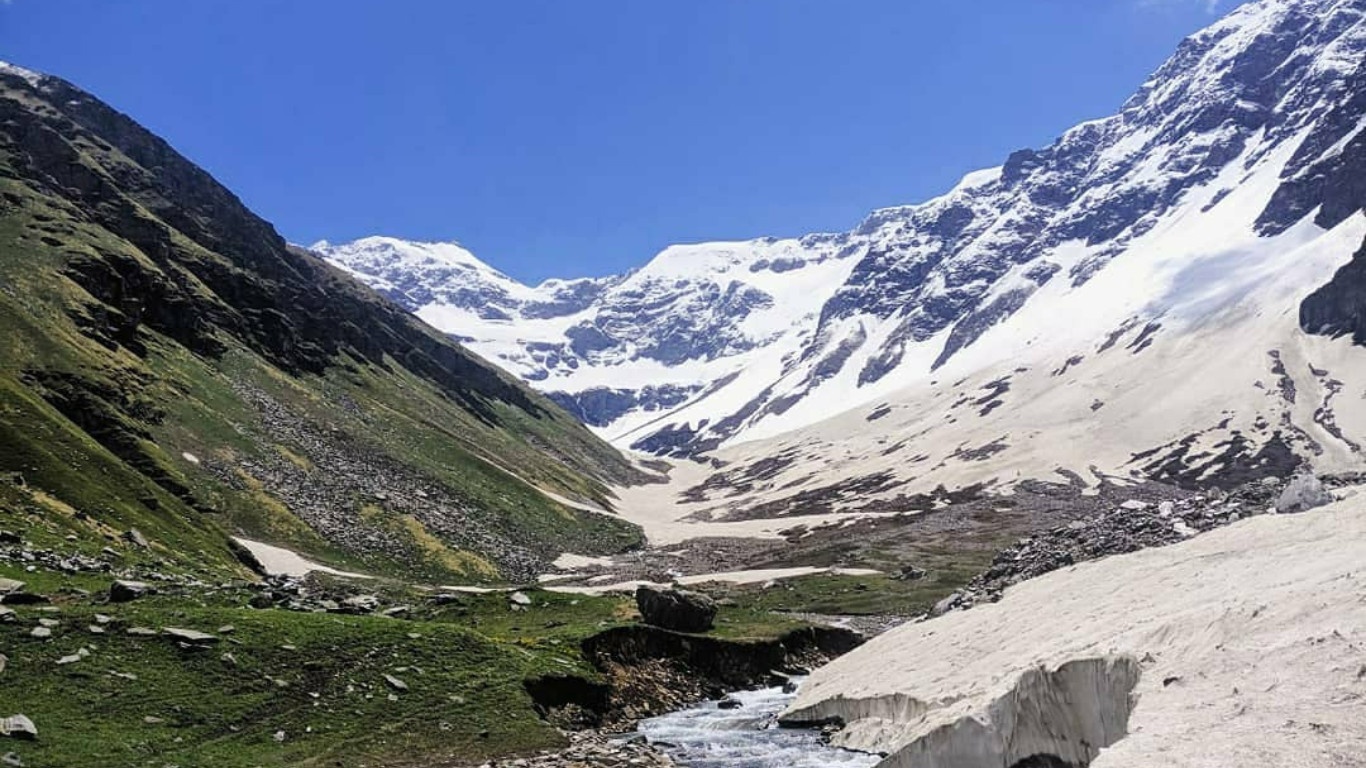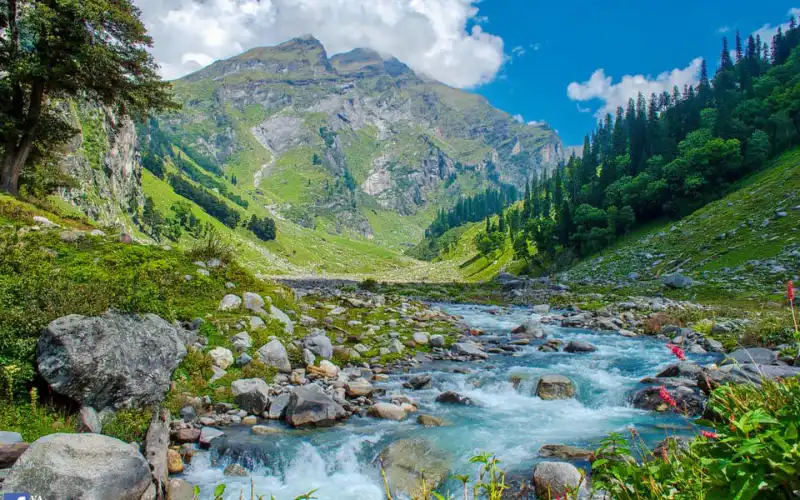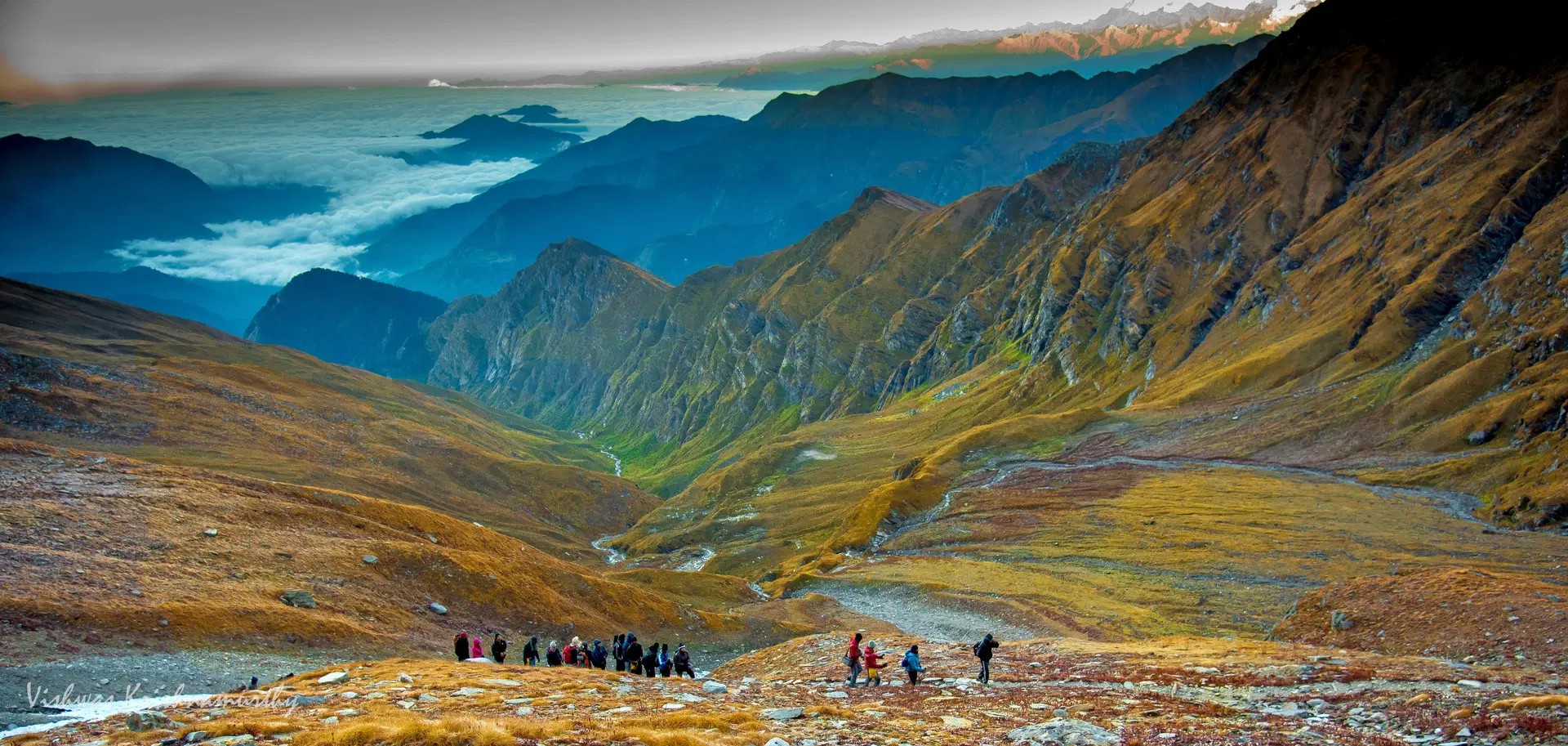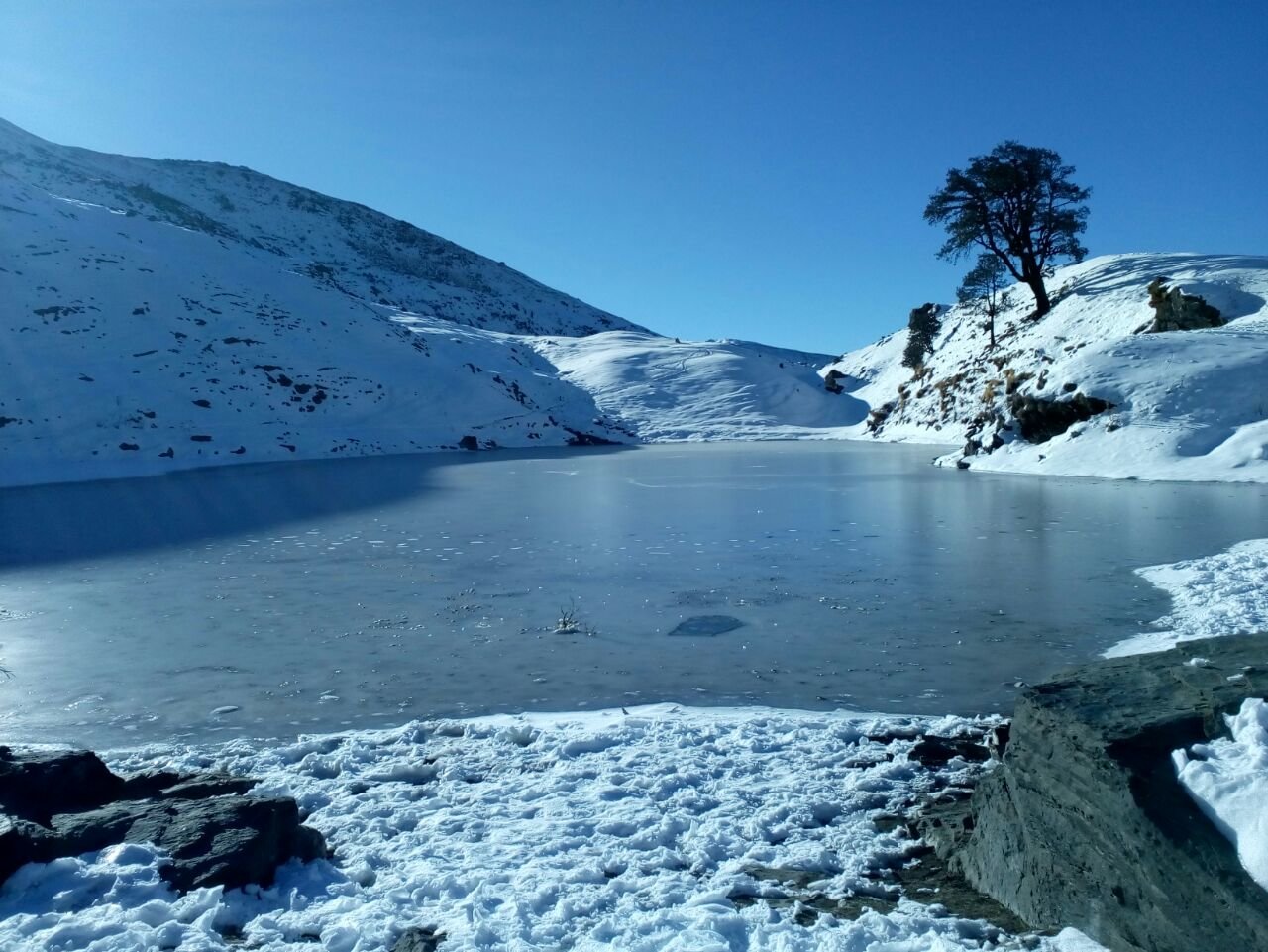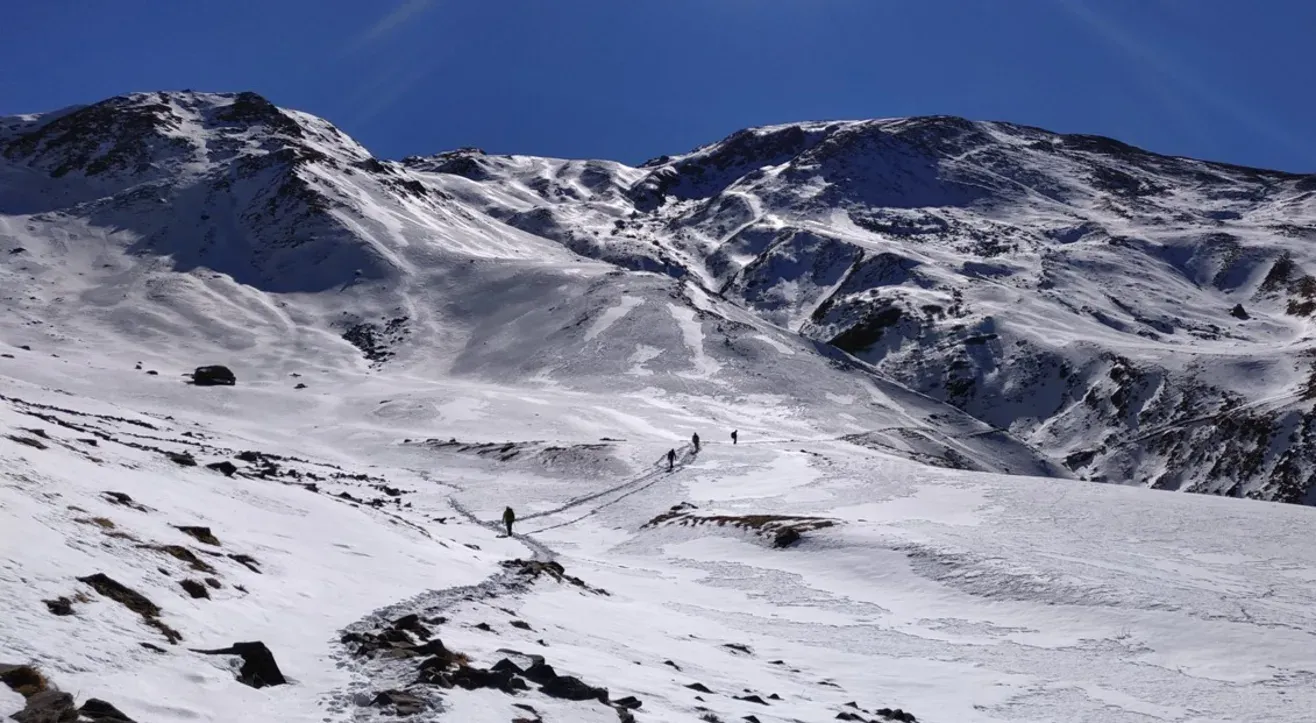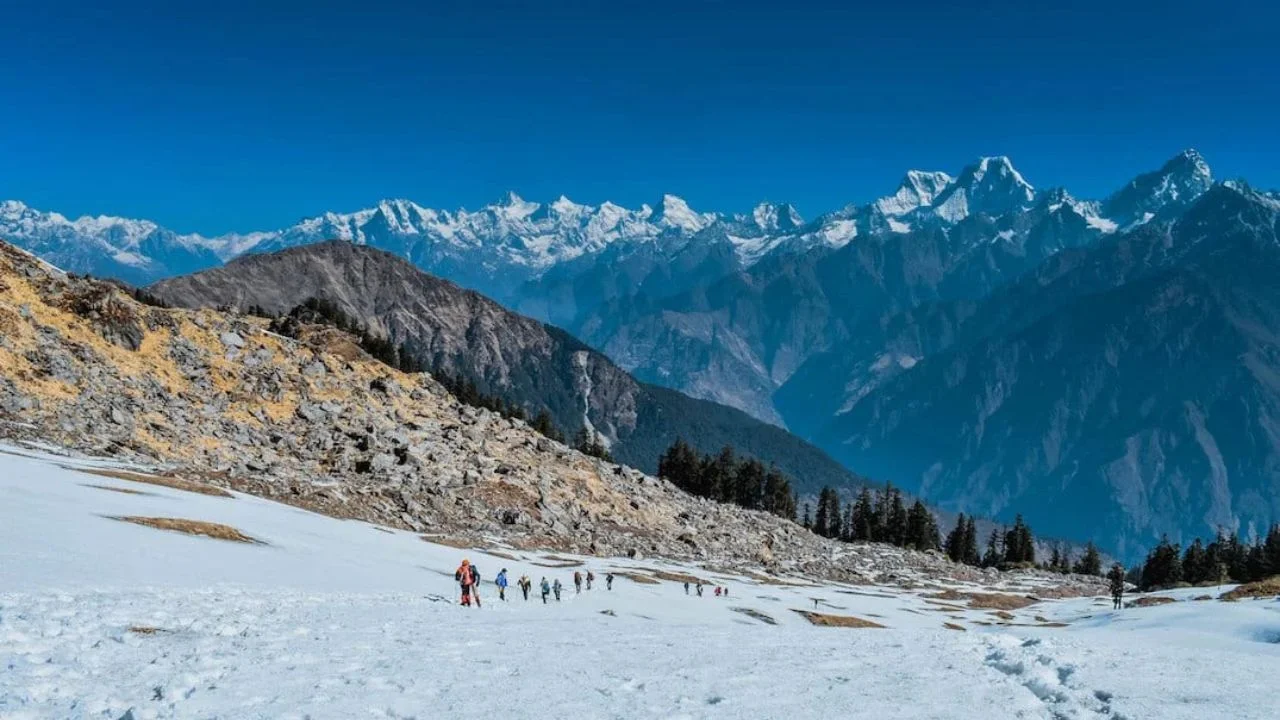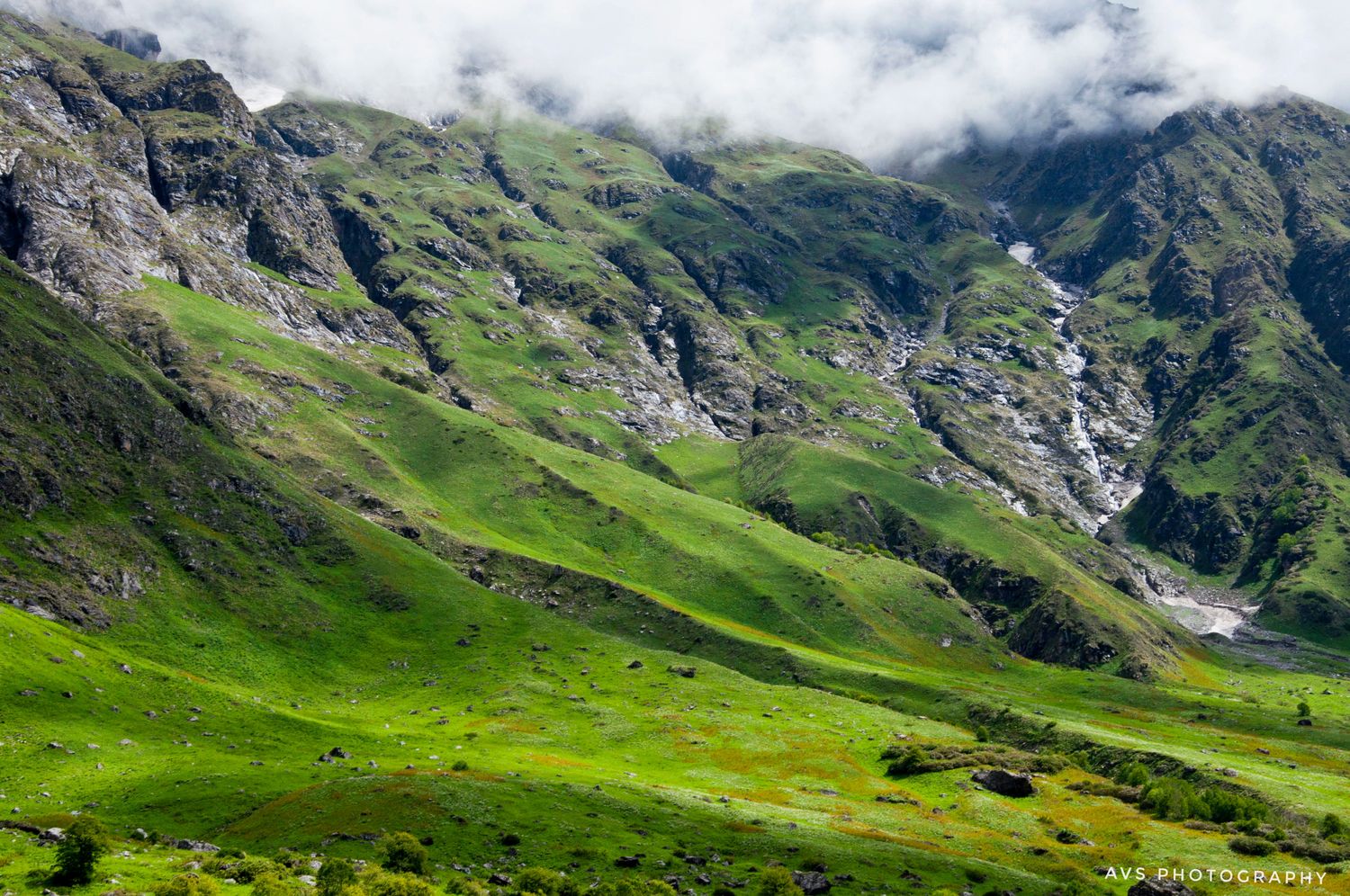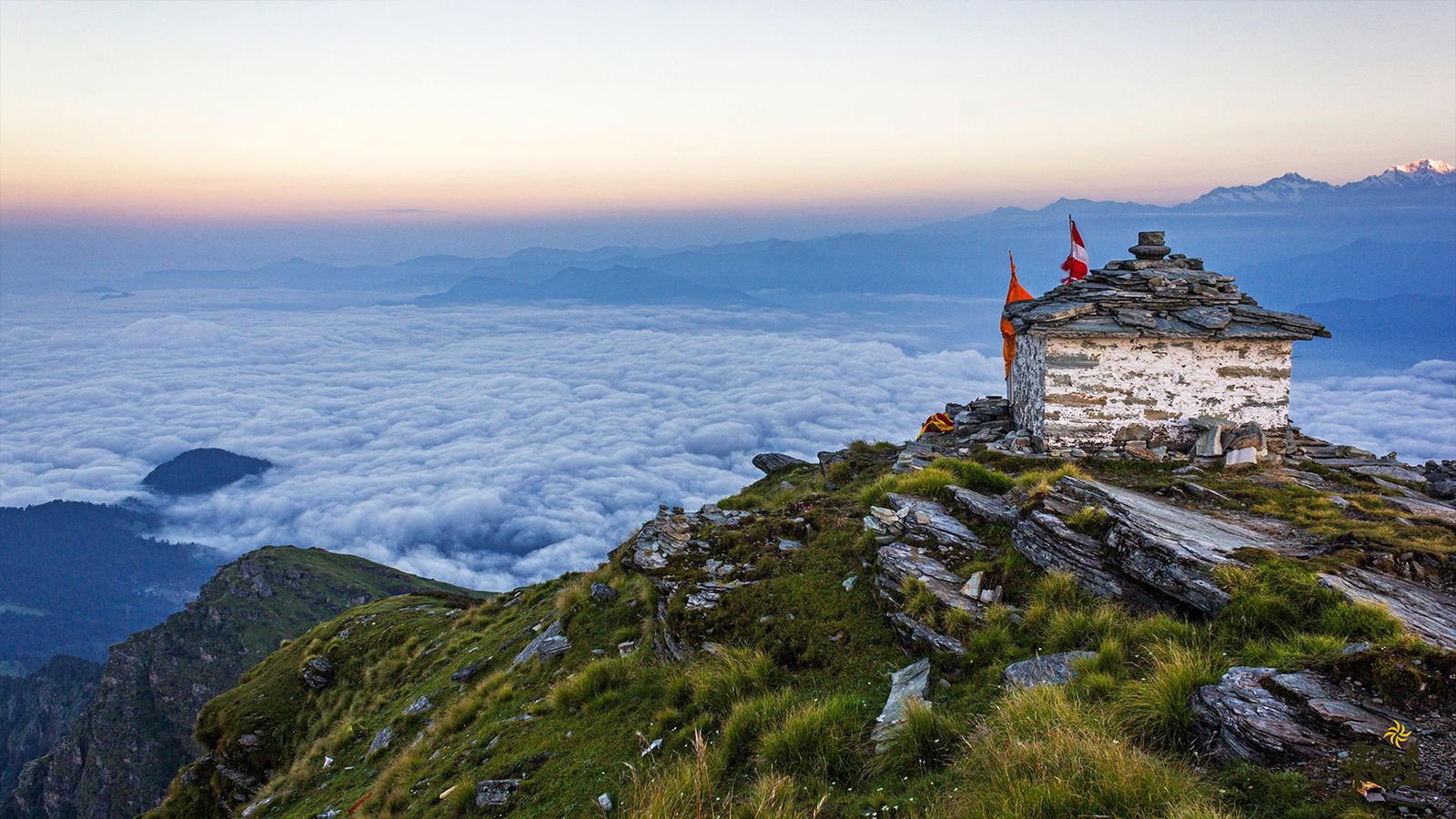Pindari Glacier Trek: The Gateway to Kumaon’s Frozen Marvel
The Pindari Glacier Trek is one of the most scenic and beginner-friendly glacier treks in the Indian Himalayas. Located in the heart of the Kumaon region in Uttarakhand, this trek offers the perfect blend of cultural immersion, forest trails, river walks, and glacial views — all within a comfortable trekking range.
Why Pindari Glacier is a Hidden Gem
Unlike the crowded treks in Garhwal and Himachal, the Pindari trail remains quiet and untouched. You pass through remote villages like Khati and Dwali, meet warm Kumaoni locals, and witness the massive snout of the glacier from close quarters.
A Trek Through Culture and Wilderness
The trail traverses forests of rhododendron, cedar, and oak, and crosses roaring rivers over wooden bridges. On the way, you encounter shepherd huts, Buddhist-style chortens, and some of the cleanest, most peaceful campsites in Uttarakhand.
Majestic Views, Minimal Crowds
The glacier sits beneath the towering peaks of Nanda Devi (7,816 m), Maiktoli, and Panwali Dwar. Whether you’re sipping chai in Khati or watching the sunrise from Zero Point, the view is always breathtaking.
Perfect for Beginners and Families
With gradual ascents, easy navigation, and ample village support, Pindari is a great choice for first-time trekkers, solo travelers, and even families with kids who want to taste high-altitude beauty without technical sections.
